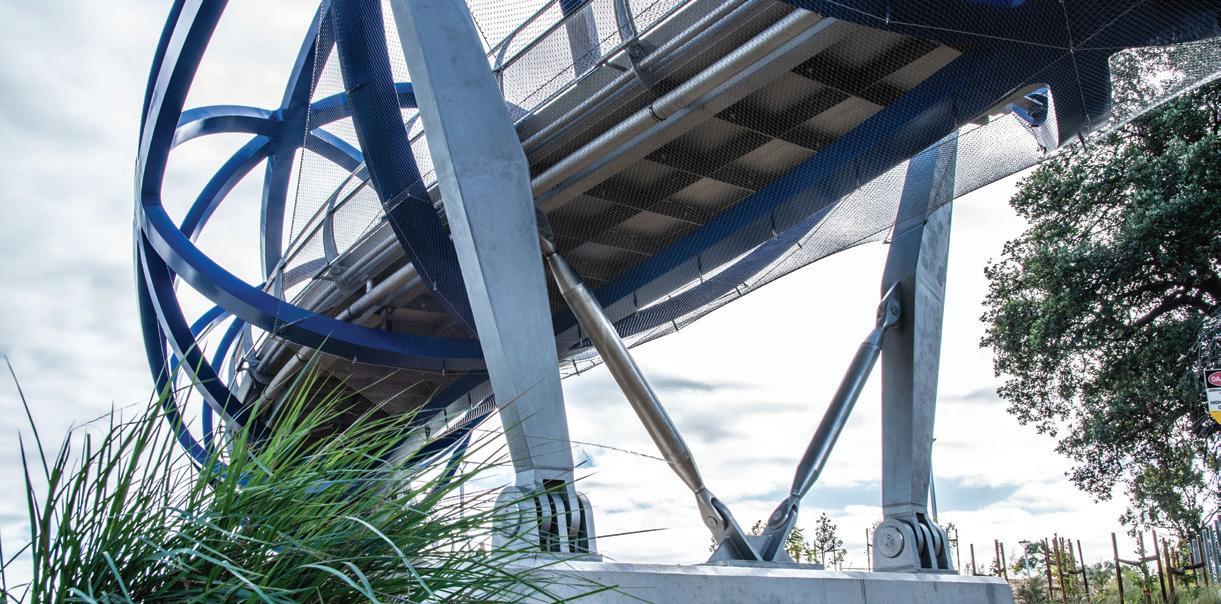
1 minute read
Desalination
FRESH IDEAS ADVANCE WATER DESALINATION
By 2025, the UN has estimated that 1.8 billion people will be living in countries or regions with absolute water scarcity, and two-thirds of the world population could be under stress conditions.
Advertisement
With the pressure to secure potable water continuing to increase, the number of desalination plants are on the rise. Nickel-containing materials are critical to ensure trouble-free and long-term operation, as processes to convert seawater and brackish water are subject to corrosion unless suitable materials are used.
Key to viable solutions that satisfy demand, is the need for sustainable desalination options. There are two main types of technologies; membrane (reverse osmosis), and thermal (multiple effect desalination and multi-stage flash). Thermal desalination techniques involve evaporation and they can be more energy-intensive and expensive with more significant environmental impacts than reverse osmosis. First developed in the late 1950s, reverse osmosis desalination uses the principle of osmosis by selectively removing chloride by forcing water at high pressure through semipermeable membranes. Reverse osmosis has become the preferred choice because it is highly scalable, servicing individual hotels to cities. In reverse osmosis plants, several components can be made from super duplex S32750 or S32760, such as seawater inlets, screens, discs for butterfly valves and piping in the high-pressure section. Pumps casings in the low- and high-pressure parts of the system can be cast from super duplex J93380 and J93404. Instrumentation tubing to monitor the process can also be made from super duplex, 6 % Mo stainless steels, such as S31254, N08367 or N08926, and 90/10 Cu/Ni (C70600). The Nickel Institute publication Materials selection for desalination plants – 11029 is available for free download from the Nickel Institute website www.nickelinstitute.org. High pressure, super duplex stainless steel pipework at the seawater reverse osmosis (SWRO) desalination plant in Queensland, Australia. Duplex and super duplex stainless steels are default materials for the high pressure pipework in most RO plants worldwide due to their combination of high strength and excellent corrosion resistance.

The Victorian Desalination Plant, in the state of Victoria, Australia was completed in 2012 with an estimated output of 410 megalitres of water per day.






